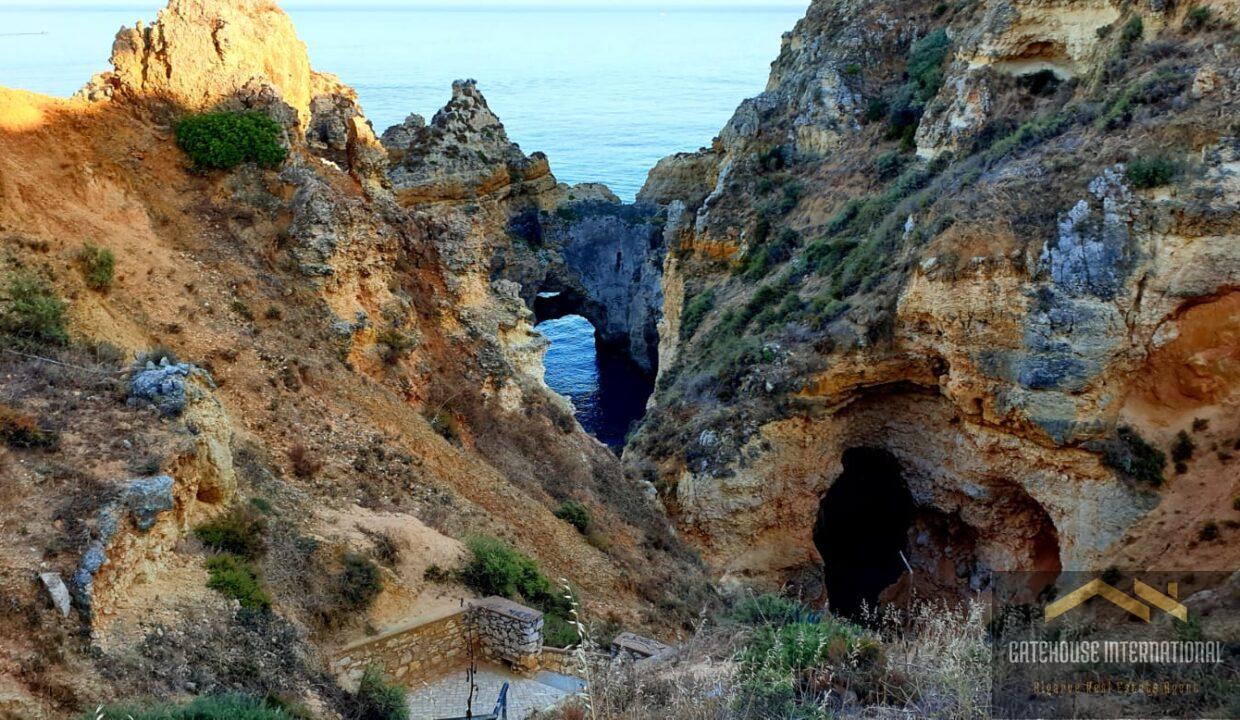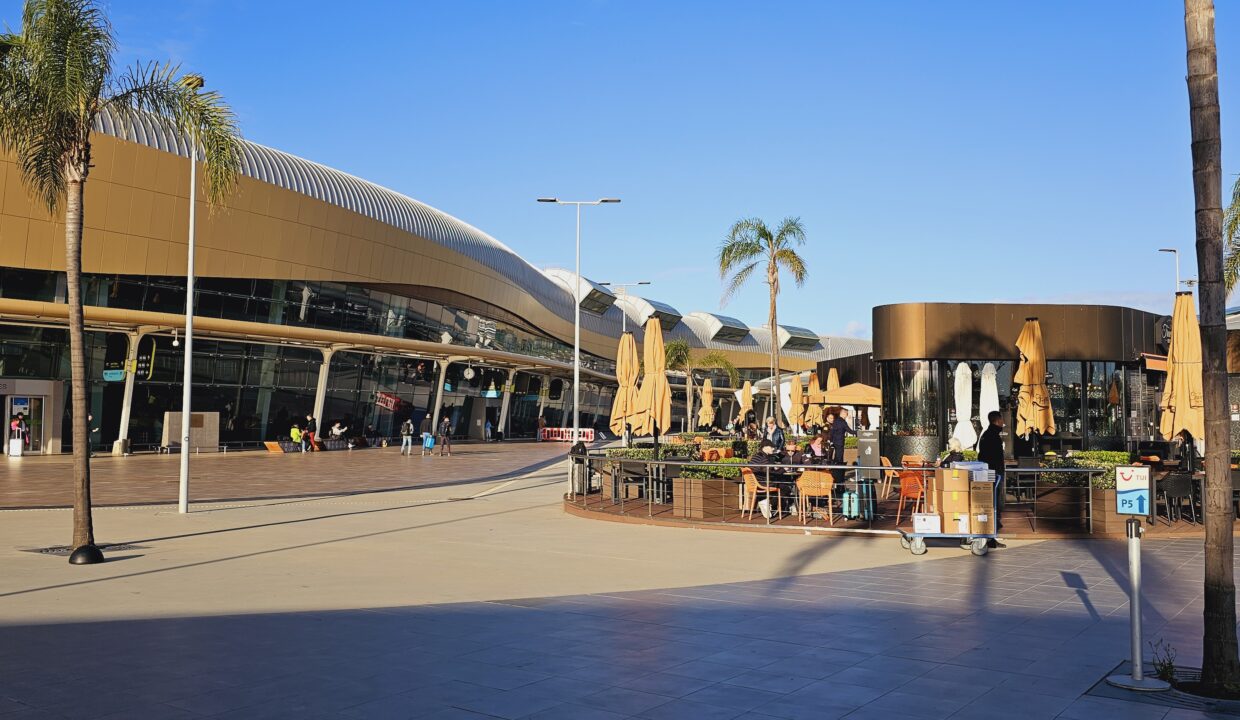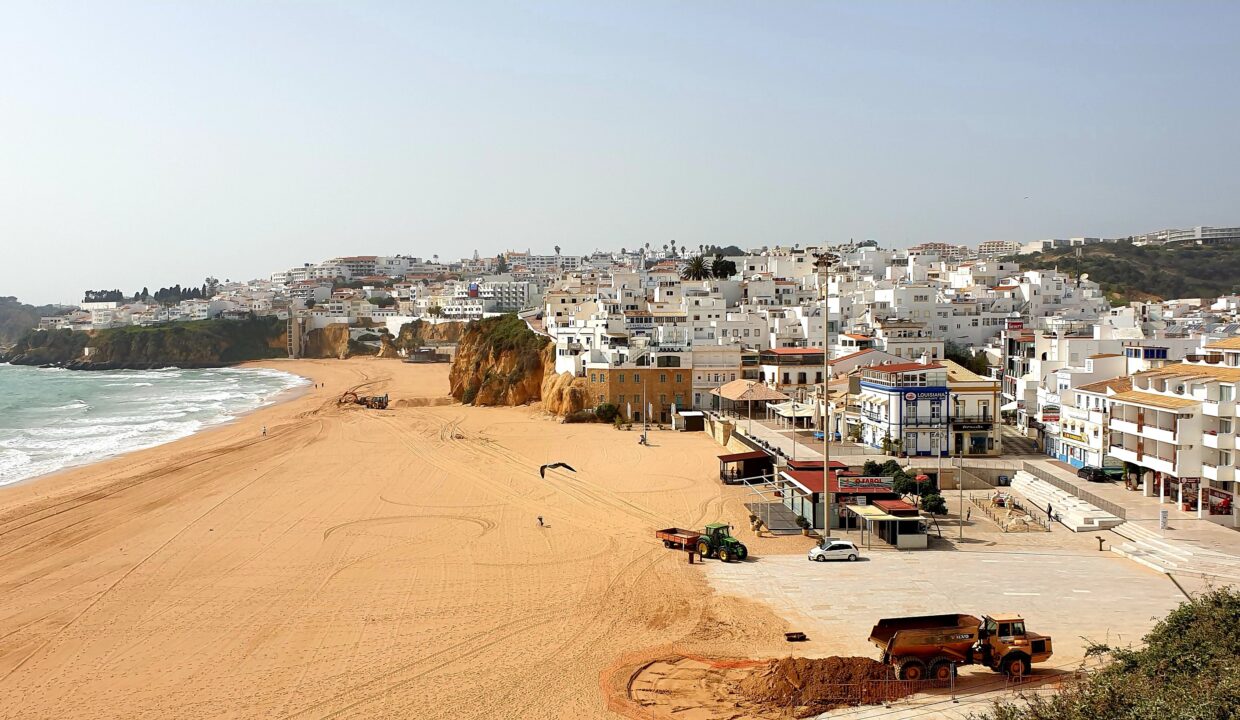The Top Ten Most Interesting Facts About The Algarve
Some of The Top Facts About the Algarve Region
Living in the Algarve brings more than just a tranquil sunny lifestyle, there are also some interesting places and history to explore. Here are ten of our favourite secrets we have uncovered in our time living in the Algarve.
1. Algarve is Home to the Only Natural Arches in Portugal.
The “Arco’s” are natural arches and can be found along the Algarve coastline. They are loved for their unique and picturesque formation which has been naturally created over time by wave erosion.
The arches can be found in the cliffs along the central Algarve coast some are accessible directly from the beach. Others are less easy to reach however visitors can admire them by taking a boat tour and getting a more unique perspective.
They are one of the most visited tourist attractions in the region and a very popular spot for taking photos.
2. The Region Has a High Concentration of Cork Oak Trees.
Known for its high concentration of cork oak trees, one of the Algarve’s more interesting industries, which are protected by law and play an important role in the region’s economy.
Cork oaks can live up to 200 years and can only be harvested every 9-12 years for their bark, which is then used for various products such as wine corks, floor tiles, and handbags.
The cork industry in the Algarve has a long history and continues to form an important role in the economy.
It provides employment for many local families and helps to sustain the rural areas of the Algarve. The harvesting process is sustainable and environmentally friendly, as the bark grows back after it is harvested, and cork oaks absorb large amounts of carbon dioxide which in turn helps to combat climate change.
Residents in the Algarve can learn about the cork industry and see cork oak forests on guided tours, which provide an opportunity to learn about the ecological and economic importance of cork in the region.
3. Algarve Has a Thriving Dolphin and Whale Population.
The warm waters off the coast of the Algarve provide a habitat for several species of dolphins and whales, making it a popular relocation destination for wildlife lovers.
Some of the most commonly seen species include common dolphins, bottlenose dolphins, and short-finned pilot whales.
Residents can join guided boat tours, where they can observe these magnificent creatures in their natural habitat, and learn about their behaviours and migration patterns.
The boat tours typically depart from the marinas dotted along the Algarve coast and offer a unique and educational experience for people of all ages.
Whale and dolphin watching in the Algarve is an environmentally friendly activity, with operators adhering to strict guidelines to minimise the impact on the animals and their habitat.
It is a unique opportunity to observe these amazing creatures up close and learn about their importance in the ocean ecosystem.
4. The Region has a Unique Natural Park in the Ria Formosa.
Ria Formosa Natural Park is a protected area in the Algarve region of Portugal. It covers 60,000 hectares and includes a network of barrier islands, salt marshes, and sand dunes along the coast.
The park is known for its diverse wildlife, including over 300 species of birds, and provides habitats for various threatened species. It is also a popular tourist destination, offering activities such as bird-watching, fishing, boating, and hiking.
The Formosa estuary is a maze of canals, islands, marshland and sandy beaches that extend 60 km along the Algarve coast. Starting from the central Algarve beach of Garrão, in between Vale do Lobo and Quinta do Lago, and stretching all the way to Manta Rota on the West coast.
Boats offer a scenic and peaceful journey, with the opportunity to see local wildlife, including birds and fish, and learn about the history and traditions of the Algarve.
For people living in the Algarve, they are a must place to visit. Great for long walks, hiking and cycling, with pathways through most of the central part. The beaches along the western side are some of the most beautiful in the area.
5. Algarve is Home to Several Scenic Caves Accessible Only by Boat.
Many scenic caves can be found along the Algarve coastline which is another very popular sightseeing route. The caves are located along the cliffs and beaches of the Algarve and were formed over thousands of years by wind, rain and wave erosion.
Some of the most popular caves in the Algarve include the Benagil Cave, the Algar Seco rock formations, and the grottos at Ponta da Piedade. These caves offer visitors a unique and breathtaking experience, with their beautiful natural formations and stunning views of the surrounding coastline.
You can explore the caves by boat, with guided tours departing from nearby marinas, or by foot, with some caves accessible by steps or a short walk along the beach. The caves are an important part of the region’s natural heritage and provide an opportunity to admire the beauty and power of nature’s work.
They are truly a memorable experience, with a chance to see the region’s stunning natural beauty and learn about its geological history.
6. The Algarve Has the Highest Number of Sunny Hours in Portugal.
The Algarve region of Portugal is known for having one of the best climates in Europe and, some might say, the world. With sunny and warm weather throughout the year, the region has a Mediterranean climate, with long, hot summers and mild winters.
The Algarve’s warm and sunny weather attracts many foreigners looking for a new home from all over the world, It does of course also mean it is a popular destination for tourists seeking a beach holiday.
The region is famous for its stunning golden beaches, crystal-clear waters, and year-round warm temperatures, which provide the perfect conditions for sunbathing, swimming, and water sports.
In addition to its sunny weather, the Algarve is also known for its mild and pleasant winter climate, which makes it a popular destination for foreigners seeking to escape the cold weather in their homelands of northern Europe.
The region’s warm weather and long hours of sunshine make it an ideal place to relax and enjoy outdoor activities, such as golf, horse riding, and hiking thus making it one of the best places to relocate for a relaxing and rejuvenating lifestyle.
7. The Prince who brought Almond Trees and Snow to the Algarve
The story we are referring to is a popular legend about the Algarve region of Portugal. According to the legend, a prince brought almond trees to the Algarve so that his bride, who came from a cold country, could see snow.
Every winter, the almond trees would bloom, covering the region with a blanket of white blossoms. The prince’s bride was said to be overjoyed at the sight, as it reminded her of the snow she missed from her homeland.
While the story is a charming one, it is not based on historical facts. Almond trees have been grown in the Algarve for centuries and are well adapted to the region’s warm climate.
The story of the prince and his bride is likely a romantic tale that was created to explain the presence of almond trees in the region.
Regardless of its origins, the story of the prince and his bride is a popular one and is still remembered in the Algarve today, where the blooming of the almond trees is celebrated each winter.
8. Home to the Shrivelled Banana Fruit the Alfarrobeira.
Alfarrobeira is a type of fruit that is grown in the Algarve region of Portugal. Its cask does resemble a flattened shrivelled-up banana! However inside is a small, dark fruit that is similar in appearance to a black olive.
The alfarrobeira tree is a slow-growing tree that is native to the Mediterranean region and is highly valued for its fruit, which is used in a variety of traditional dishes in Portugal. It is typically harvested in the summer months.
The fruit is rich in antioxidants and has been used for centuries in traditional medicine to treat a range of ailments, including digestive problems and respiratory infections.
In addition to its culinary and medicinal uses, the alfarrobeira tree is also prized for its ornamental value, as its glossy green leaves and attractive flowers make it a popular addition to gardens in the Algarve and other parts of Portugal.
Today, the alfarrobeira is grown commercially in the Algarve and other parts of Portugal, and its fruit is exported to other countries including China, where it is prized for its unique flavour and health benefits.
9. One of the Safest Places to Live in the World
Portugal as a whole is considered to be one of the safest countries in the world, in the 2020 peace index it ranked only behind New Zealand and Iceland. Now consider that the Algarve region is generally considered to be one of the safest places to live in Portugal!
In the Algarve, crime rates are low, and people generally feel safe walking around, even at night. However, like any tourist destination, there are some areas where pickpocketing and petty theft can occur, so it is advisable to take the usual precautions and keep an eye on your belongings when out and about.
With low levels of crime and a strong sense of community
the Algarve is also home to several expatriate communities, and many retirees have chosen to live in the region due to its mild climate, relaxed lifestyle and safety.
10. The Salt Mining Industry of the Algarve
Salt mining has been an important industry in the Algarve region of Portugal for many centuries. The salt flats of the Algarve were first exploited by the Moors during their occupation of the region in the 8th century.
They created a system of salt pans and canals to harvest the salt from seawater, which was then used for a variety of purposes, including preserving food and trading.
Today, the salt industry in the Algarve remains an important part of the local economy. The salt is harvested using traditional methods, such as evaporation in the sun, and is considered to be some of the highest-quality salt in the world.
The Algarve’s salt is used in a variety of products, including salt for human consumption, salt for livestock, and salt for industrial purposes.
Residents of the Algarve can visit the salt mines and learn about the history and tradition of this important industry as some of the salt mines have been turned into tourist attractions, offering guided tours and demonstrations of the salt-making process.
These visits offer a unique insight into the history and culture of the Algarve and provide a chance to learn about this fascinating aspect of the region’s heritage.
Concluding Our Top Ten Interesting Facts about the Algarve
We hope you enjoyed reading our top ten facts maybe it will give you a better upstanding of the Algarve and its cultures and have given you some ideas on the interesting places that are available to visit in this wonderful place we call our home.

Mark McLoughlin: A Passionate Explorer of Algarve’s Rich Heritage
For over 20 years, Mark has called the Algarve home, immersing himself in its landscapes, culture, and history. His passion lies in sharing the region’s stories through writing, photography, and guides for those who live here or dream of making the Algarve their home.
As a Level 10 Google Local Guide, Mark has contributed extensively to showcasing the Algarve’s hidden beaches, historic towns, and local gems, helping both residents and visitors discover the best of this southern paradise.
🔗 mark-mcloughlin.com




